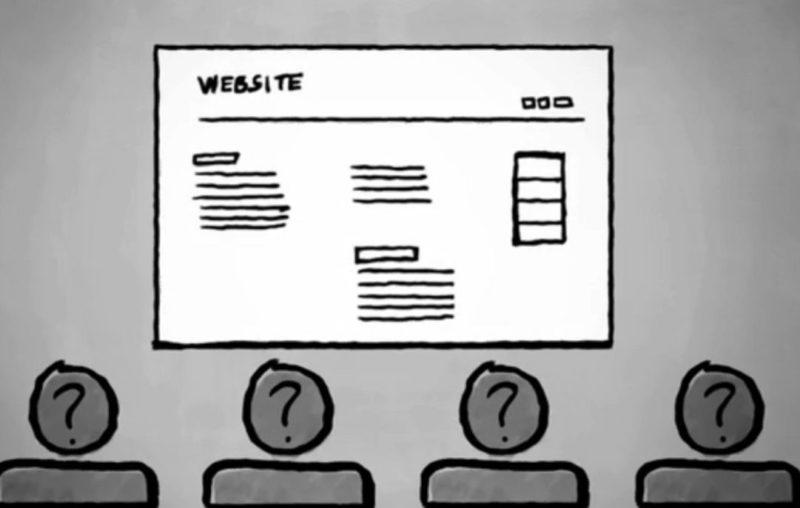When StoryTech Consulting launches a web property for a client, we’re usually told something along the lines of “we’d like to know everything visitors do when they hit our site.” That’s a very logical request. With our content marketing focus, usually the most important visitor information the client is looking for is company name, physical location, the specific stories read and the referrer to the site.
Unfortunately, the next line we often hear is “there is no budget for web analytics, do the best you can with Google.” Google Analytics is an effective and powerful tool, especially considering it’s free. But it was designed to illustrate traffic trends, not identify visitors who have yet to take an action (such as a registration) on a client site. There are steps you can take — writing customized scripts, combining Google Analytics with other free or low cost traffic tools — but the visibility into users is never simple or complete.
Now we have a better tool. Recently a StoryTech client allocated some budget to improving our web analytics and better identifying our visitors. We’ve begun using a service called LeadForensics, and the initial results are very promising.
In a nutshell, LeadForensics works by matching up visitor IP addresses with databases of company IP addresses it has compiled. (More detail here from the company on IP tracking and correlation). Google Analytics tracks the IP addresses of visitors as well, but does not match up those IP addresses with specific companies. LeadForensics identifies the company, the geographic location, how they got to the site, all pages visited and more.
We log into a clean, customizable dashboard and now see visitor listings like this:
For an additional fee, LeadForensics can also provide a list of decision-makers inside the company, with contact information. (My client is not utilizing this feature.) Such IP tracking does not close the mobile gap in web analytics — for example, if someone from Company Y is working from home and surfing over their personal Internet connection, IP tracking won’t know them. But it’s such a pleasure to be using a tool designed specifically to identify previously anonymous web traffic, a challenge virtually all our clients face.
This kind of improved visibility delivers many benefits for the client. Obviously, seeing what content is most popular with our target prospects drives our editorial calendar. It allows the client to fine-tune our lead scoring methodology, and make smarter decisions on how to guide prospects through the sales funnel. And by knowing exactly who these visitors are, we’re in a much stronger position to execute real account based marketing, tailoring specific stories to specific prospects.
Every new LeadForensics customer gets assigned a “customer success manager,” and we haven’t met with ours yet. There may be additional benefits to learn — if we identify some I’ll update this post.
One more benefit – you can test drive the service via a seven day trial with no obligation. If your current web analytics tool struggles to identify anonymous traffic, I recommend you consider LeadForensics.

